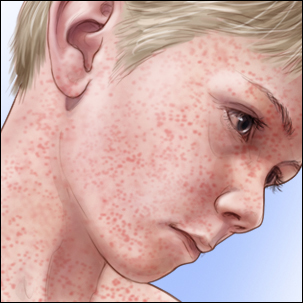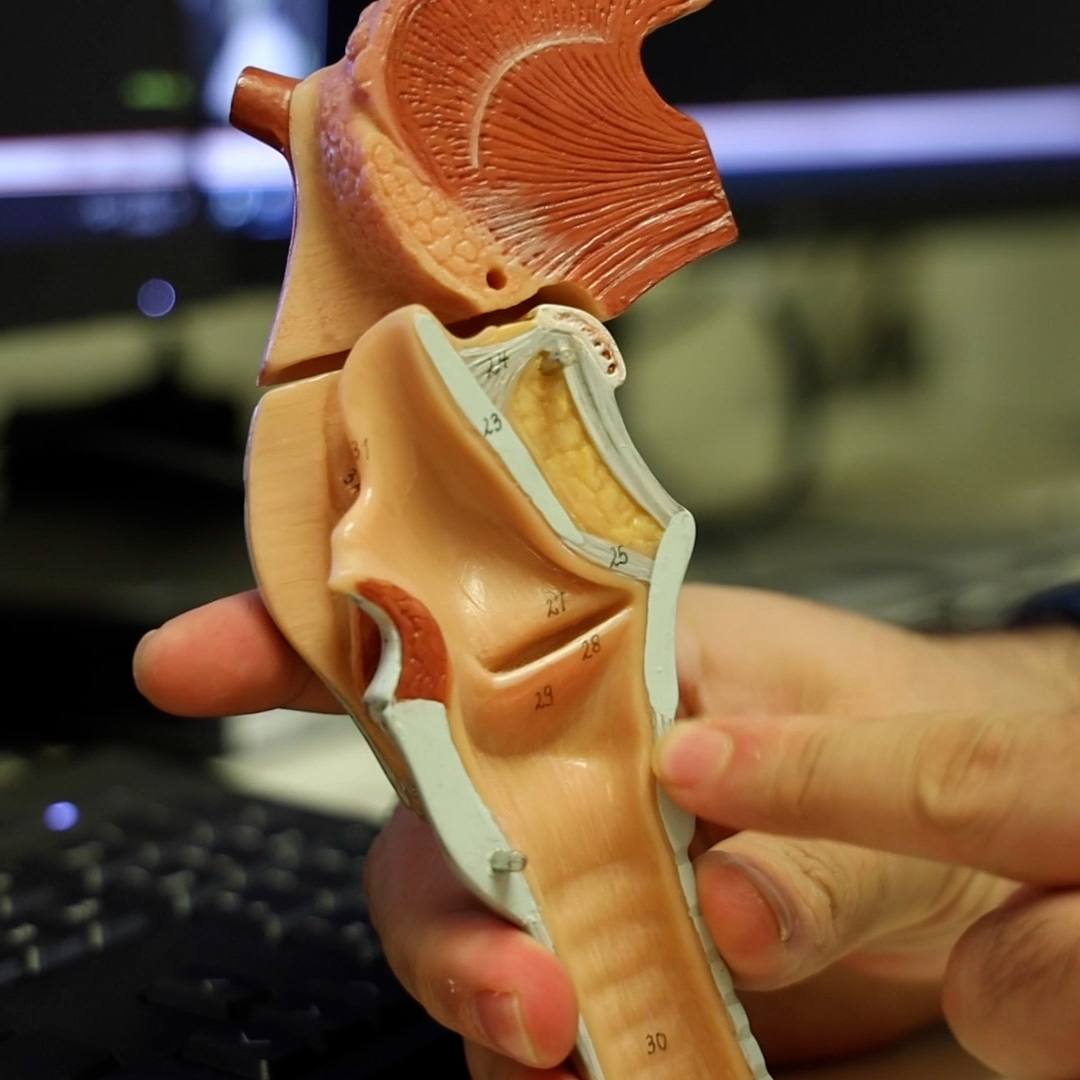 At this time of year, with daylight and sunshine in short supply, you may feel more like hibernating than heading out doors to play in the snow.
At this time of year, with daylight and sunshine in short supply, you may feel more like hibernating than heading out doors to play in the snow.
If you do, you're not alone. Those of us who live in northern states are no strangers to the "winter blues," which is a mild version of Seasonal Affective Disorder (SAD). About 15% of the population may struggle with winter blues. Studies have shown that nearly 10% of people in New Hampshire have been diagnosed with SAD, but it affects only about 1% in Florida, the Sunshine State.
SAD tends to be more common in women, young adults and those who work night shifts. It also has been found to run in families. SAD symptoms typically come on during the fall and winter months and reliably go away during the spring and summer months. Common SAD symptoms include:
- Sleeping more, but not sleeping well
- Feeling dragged out, low-energy and unmotivated
- Craving junk or comfort food
- Gaining weight
- Losing interest in activities you once enjoyed
- Not being able to focus
- Avoiding social activities
While many of us experience these symptoms to some degree, when they become disabling or make it difficult for you to function, you should contact your care team. If you already suffer from depression, SAD can make your symptoms worse.
While there's no exact cause of SAD, researchers have found it may be linked to:
- Your biological clock (circadian rhythm). The reduced level of sunlight in fall and winter may cause winter-onset SAD. This decrease in sunlight may disrupt your body's internal clock and lead to feelings of depression.
- Serotonin levels. A drop in serotonin, a brain chemical that affects mood, might play a role in SAD. Reduced sunlight can cause a drop in serotonin that may trigger depression.
- Melatonin levels. The change in season can disrupt the balance of the body's level of melatonin, which plays a role in regulating sleep patterns and mood.
Whether it's the winter blues or SAD, here are some things you can try to lift your mood:
- Open your shades to let in the sunlight.
- Head outdoors on sunny days.
- Include physical activity in your daily routine.
- Adjust your diet to include floods that provide energy.
- Make plans to stay connected on a regular basis with friends, family and other social supports.
- Try light therapy.
During light therapy, you sit or work near a box that gives off bright light mimicking natural outdoor light. The boxes are relatively inexpensive and can be bought without a prescription. Some insurance companies cover the cost. They're small, thin and lightweight and can be carried when you travel. Many patients find light therapy to be as effective as anti-depressants, without the side effects.
Choose a light-therapy box that emits 10,000 lux and gives off low ultraviolet (UV) light. Some lightboxes give off white light or blue light, but there really is no advantage to one color of light over the other. Here are some tips for using a lightbox correctly:
- Start using the lightbox within two weeks of the usual time each year your mood starts to decline.
- Set it at an angle to the left or right, at eye level or higher, and at about an arm's length away. Do not stare directly into the light.
- Keep your eyes open while using it, and feel free to do other activities like reading or eating breakfast.
- Start light therapy for 20-30 minutes each day within the first hour of waking up in the morning.
Keep using it until the days lengthen, and you begin to feel better, which is usually in the early spring to summer. Remember, consistent use is key. Learn more about SAD and how you can brighten your winter mood.
_________________________________________________________
This article is written by by Drs. Craig Sawchuk and Dagoberto Heredia
Dr. Craig Sawchuk is a clinical psychologist in Employee and Community Health's (ECH) Division of Integrated Behavioral Health (IBH). He is the co-chair of IBH and co-chair of professionalism within the Department of Psychiatry and Psychology at Mayo Clinic Rochester.
Dr. Dagoberto Heredia is a clinical psychology fellow in Employee and Community Health's (ECH) Division of Integrated Behavioral Health (IBH).







